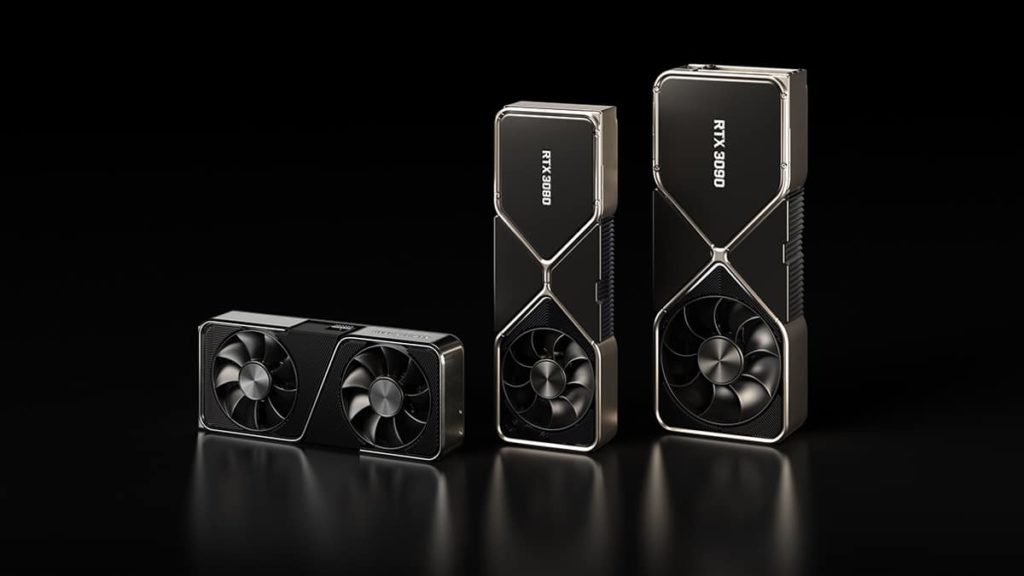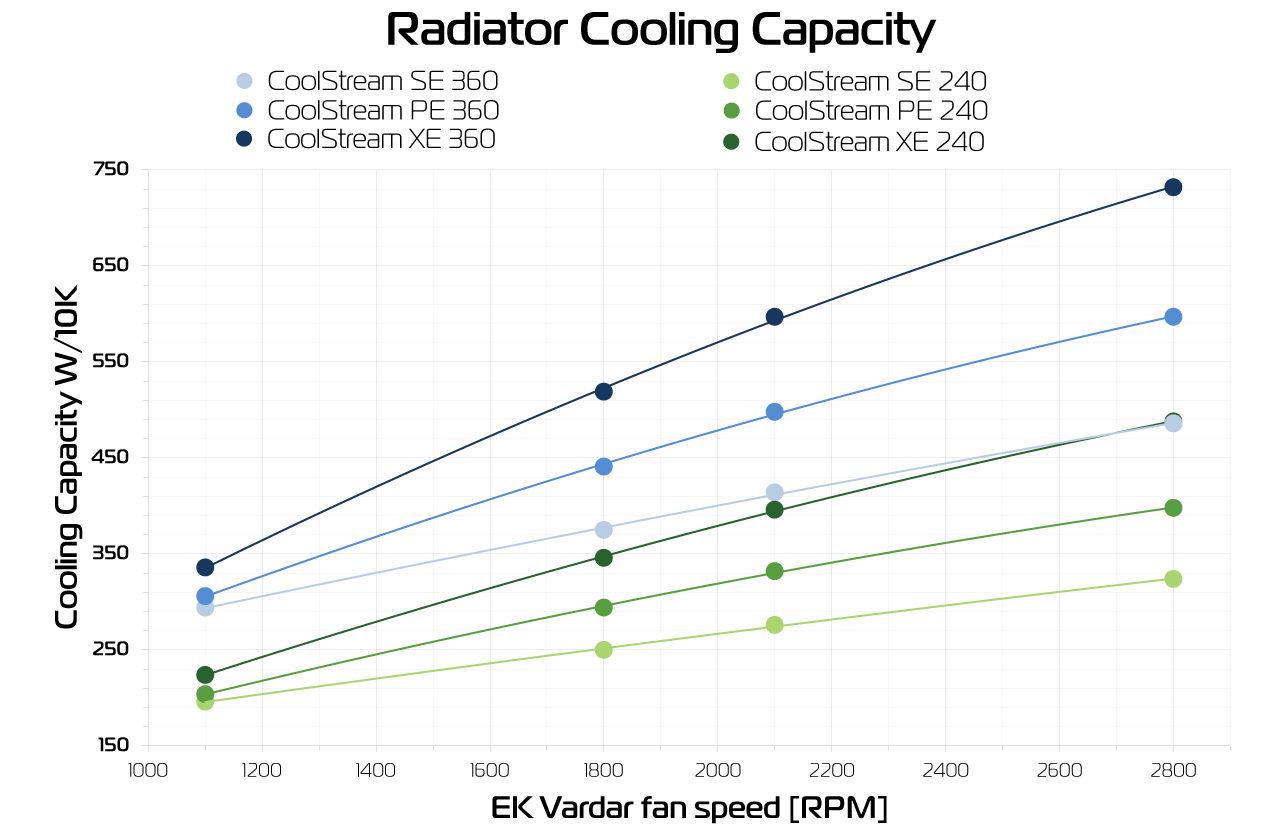- Joined
- May 6, 2019
- Messages
- 13,407
- Points
- 113
Image; NVIDIA
The rumor mill has begun turning again with new purported insight regarding NVIDIA’s next-generation graphics cards, the GeForce RTX 40 Series, and this time, they indicate that the new family based on green team’s new Lovelace architecture could feature models that consume a higher amount of power than anyone might’ve imagined.
According to a tweet shared by leaker Greymon55 today, NVIDIA GeForce RTX 40 Series graphics cards that leverage the flagship AD102 GPU currently feature TGP ranges of 450 watts, 650 watts, and 850 watts, substantial increases over the GeForce RTX 3090’s 350-watt TGP. Greymon55 clarified that these specifications aren’t final, but higher power consumption in next-generation GPUs seems like somewhat of a sure thing based on other incoming advancements such as PCIe Gen 5 power supplies, which can deliver up...
Continue reading...

